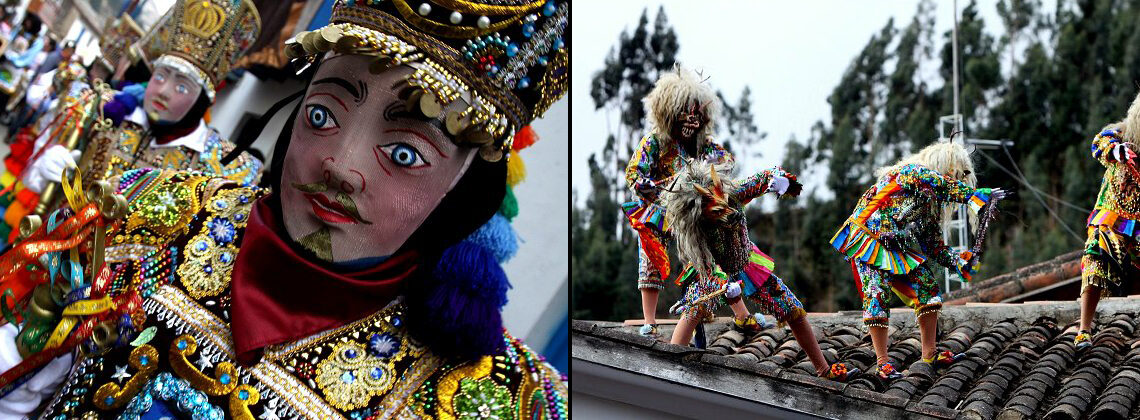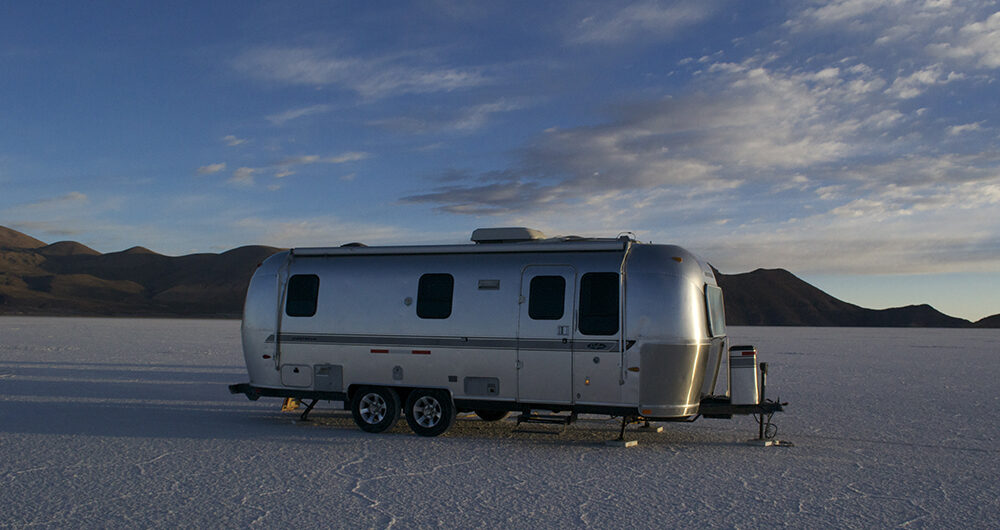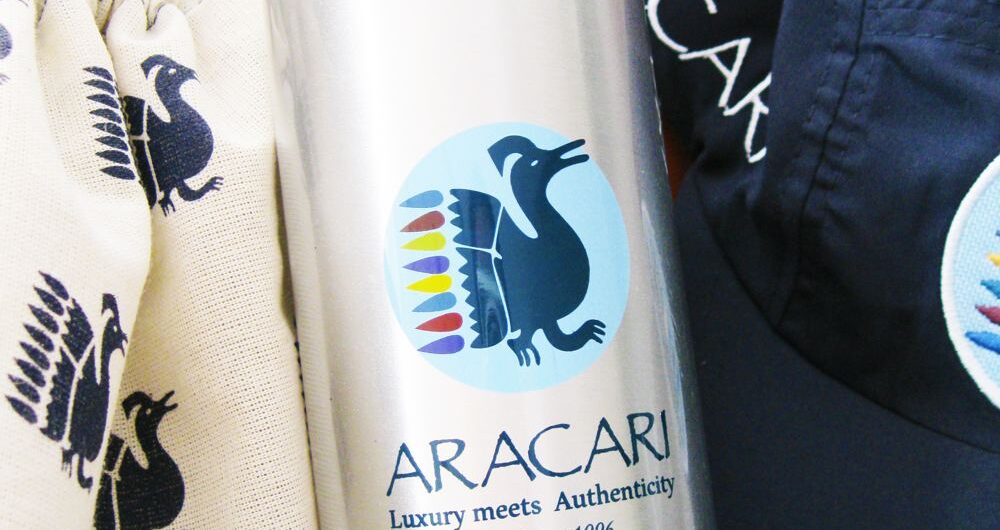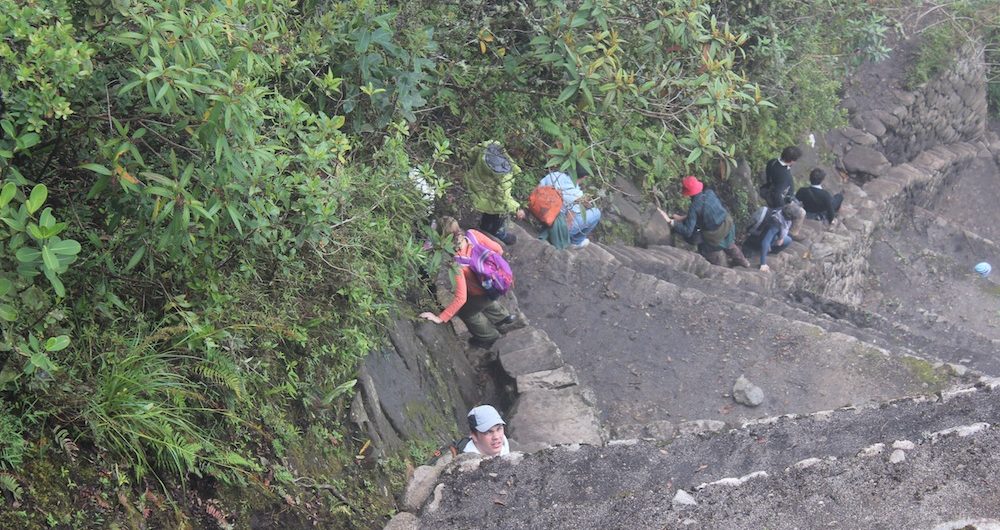*Photo credits to RPP Noticias for images of the Danzaq and Saqra dancers featured above. Festival in Peru, Señor de Choquekillka From now through September some of the most fascinating and unique festivals will be celebrated throughout Peru including the upcoming Pentecostal celebrations this weekend followed by Qoyllur Riti, Corpus…
A Trip Across Bolivia with Aracari Journalist Lauren Holmes shares her personal experience travelling through Bolivia with Aracari as part of her research trip for her Bolivia destination article for House & Garden Magazine. During my first trip to Bolivia, backpacking across the continent a decade ago, I had time…
Each year on days leading up to the full moon before Corpus Christi, the remote Sinakara Valley on the north face of Ausungate transforms from a desolate, icy no-mans-land to the final destination of a rigorous pilgrimage and the site of a festival known as Qoyllur Riti. As many as…
Huayna Picchu Mountain Hike In every well-known photo of the Machu Picchu ruins is Huayna Picchu Mountain, standing majestically as if it were a watchful guardian protecting the sacred sanctuary below. Its prominent peak rises from the depths of the valley and beckons for you to climb its winding, vertical…




